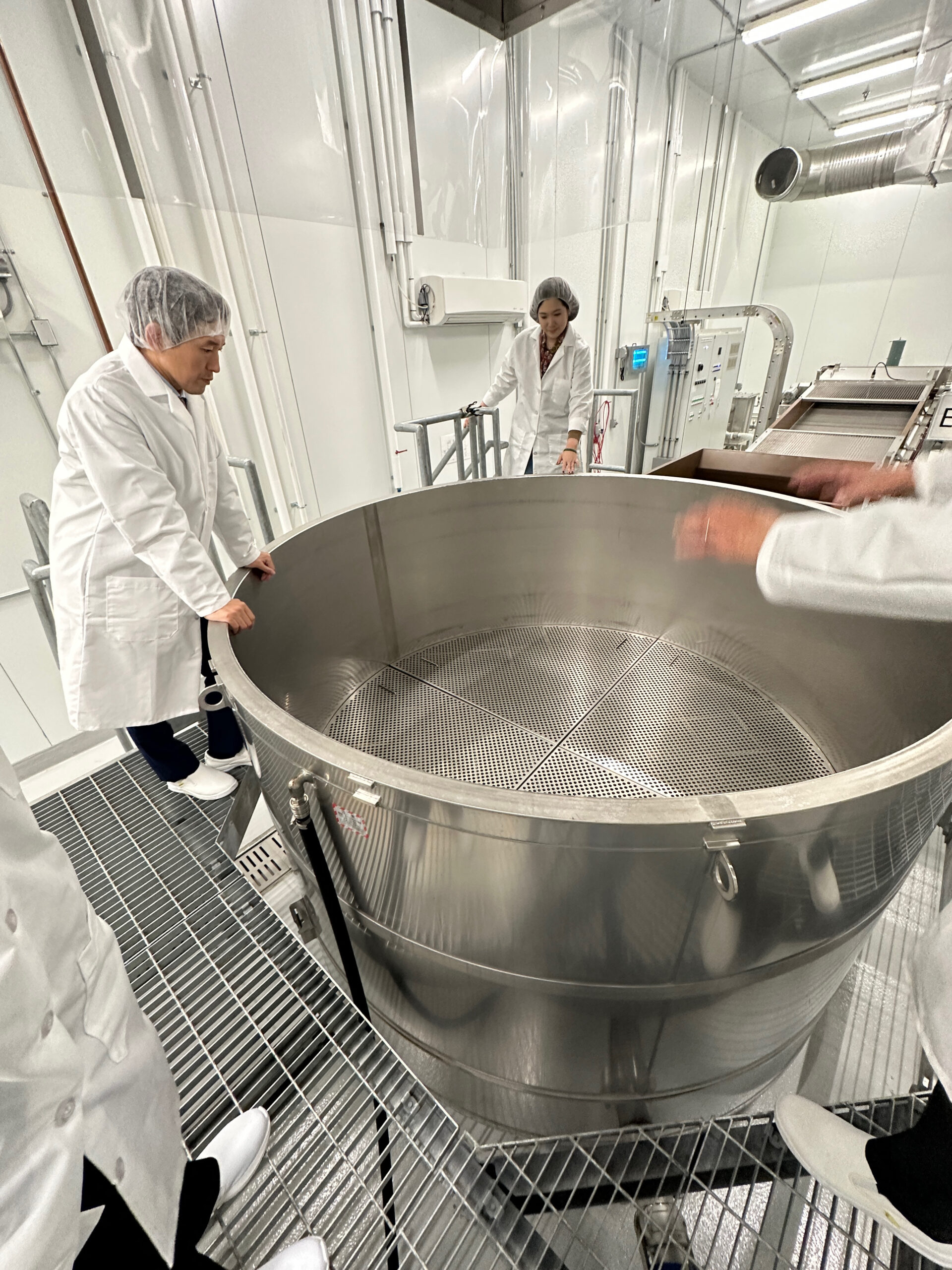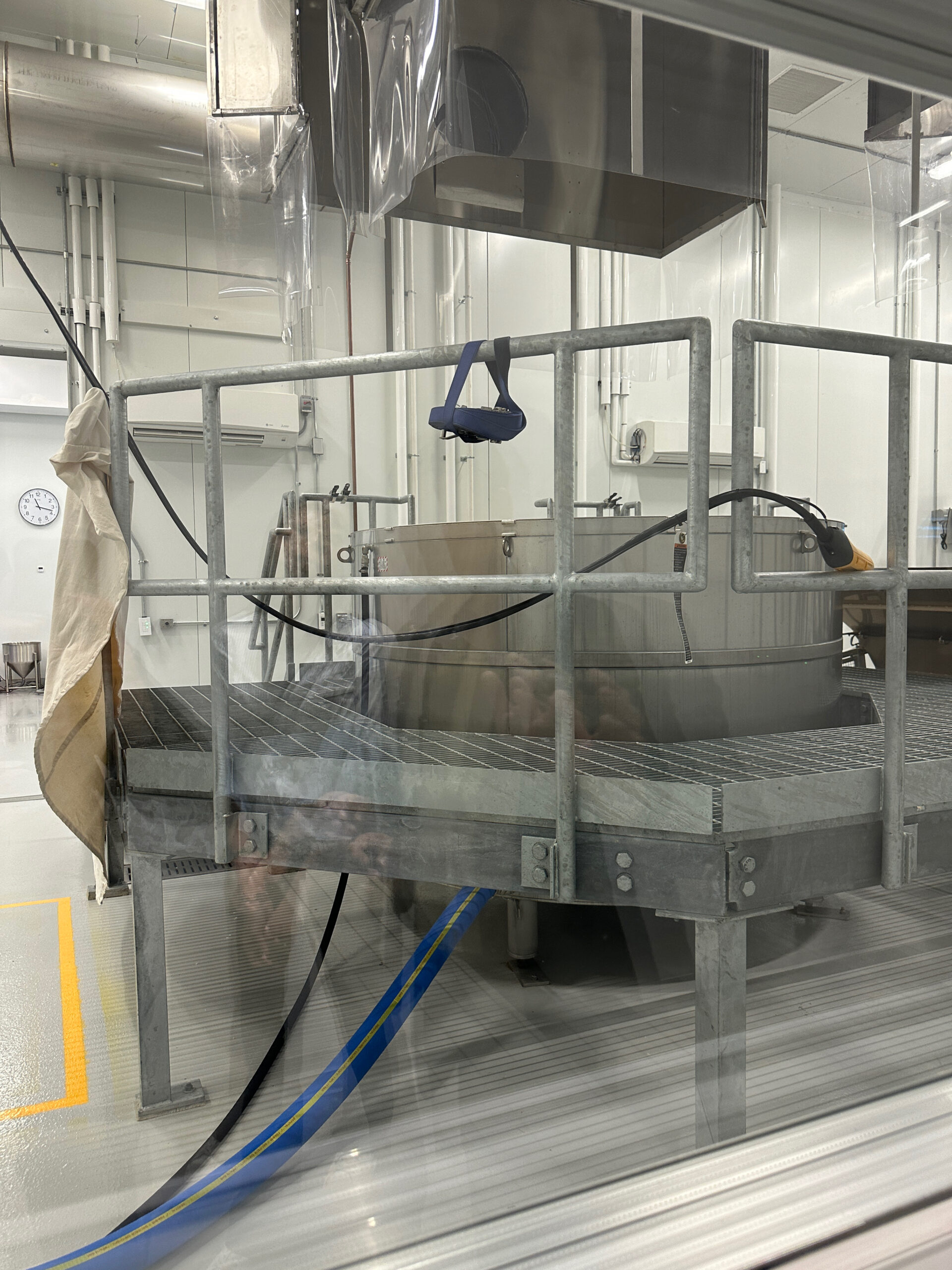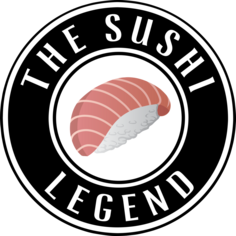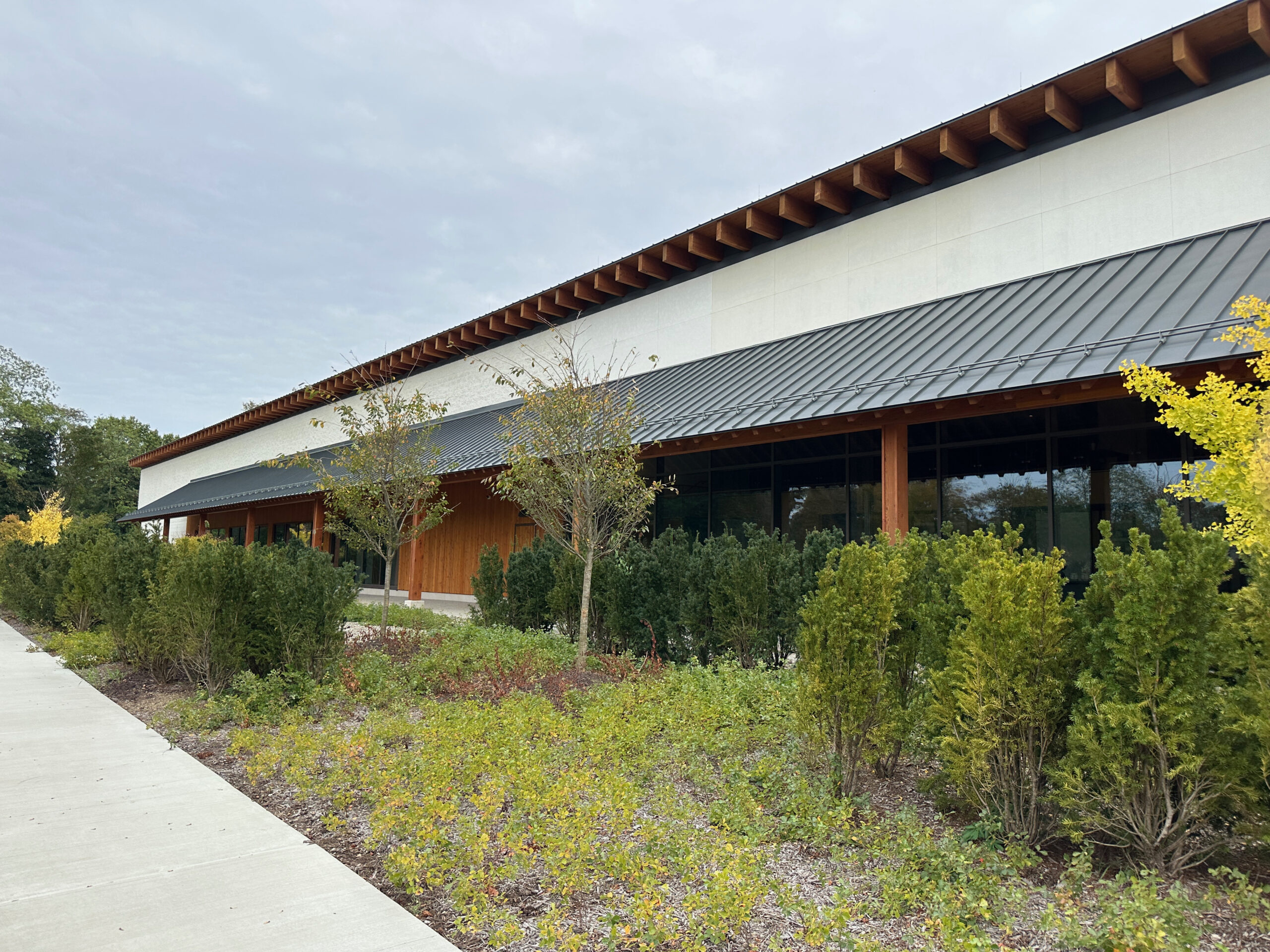
This blog slash way of life is sushi-focused, but it’s also always been sake-curious. Our 2023 New York City Sushi Guide was sponsored by Takara Sake’s Sho Chiku Bai Shirabegura, and literally every single sushi book I own dedicates at least a few pages to Nihonshu.
(Side note: did you know that Nihonshu is the proper term for what we all know as Sake? And Sake is an all-encompassing term that includes plum wine, nihonshu shochu, etc?) Well, now you do.
So when I got the chance to visit the brand new Dassai Sake Brewery in the Hudson Valley region of New York and meet Kazuhiro Sakurai, the 4th generation CEO of parent Asahi Shuzo, I jumped at the chance. Known as one of the most renowned Sake brands in the world, Dassai was founded 30 years ago by Hiroshi Sakurai (Kazuhiro-san’s father), but the family has been brewing since the late 19th century.
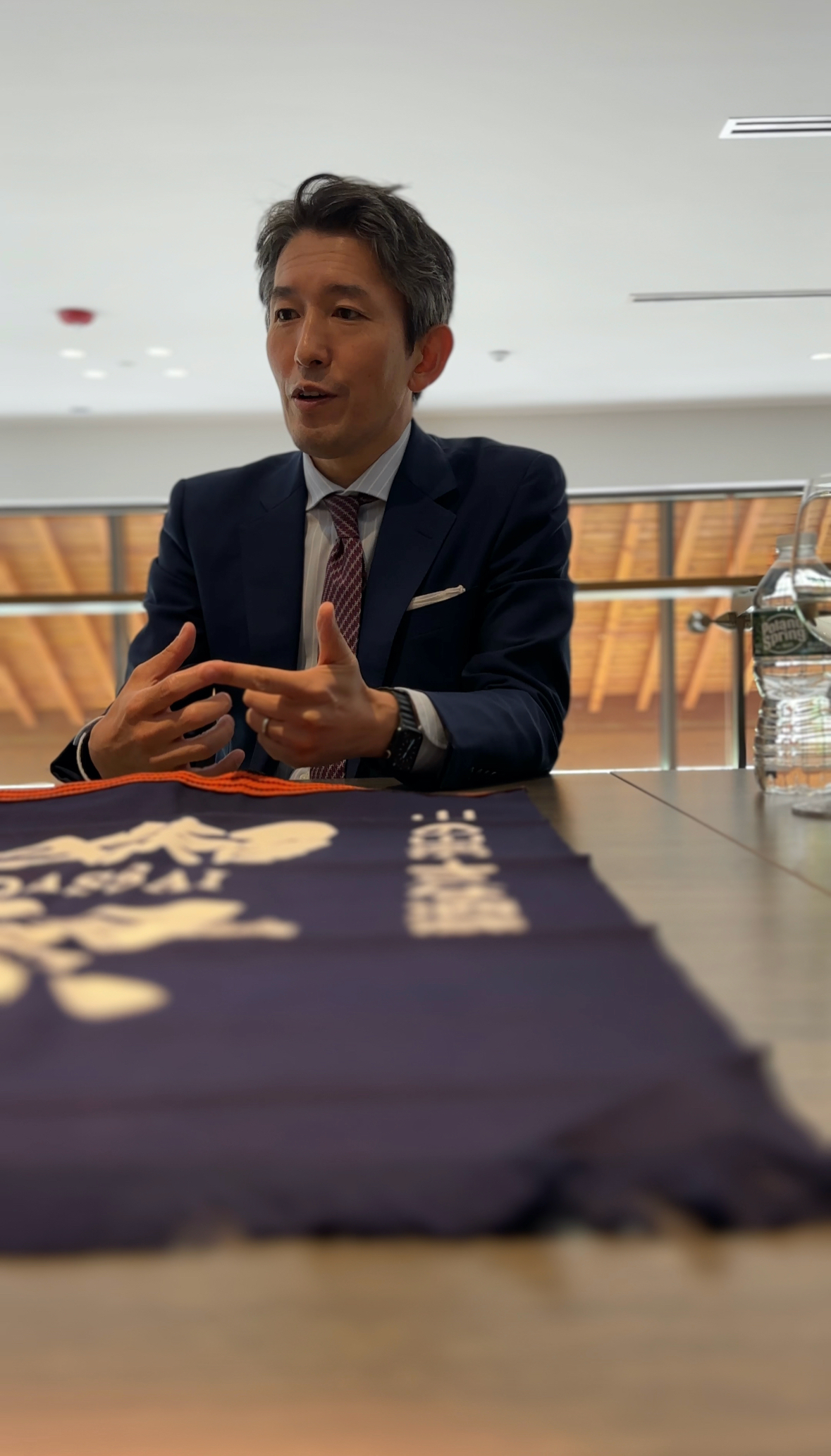
Sushi and Nihonshu are inextricably linked
In Kikuo Shimizu’s seminal book, Edomae Sushi (arguably the most renowned sushi book ever – read more about it here), the author dedicates the only two non-sushi pages to Nihonshu. Though he makes a point to say he enjoys it solo (don’t we all), Kikuo-san also mentions that the best Nihonshu for sushi needs to be crisp and dry to counteract the fat of the fish and starch of the shari. So in a way, the best Nihonshu for sushi also functions as Gari (ginger) – a palate cleanser.
By the way – this book is wildly difficult to find. It’s on backorder at the publisher, and new/used copies on Amazon start at $225.
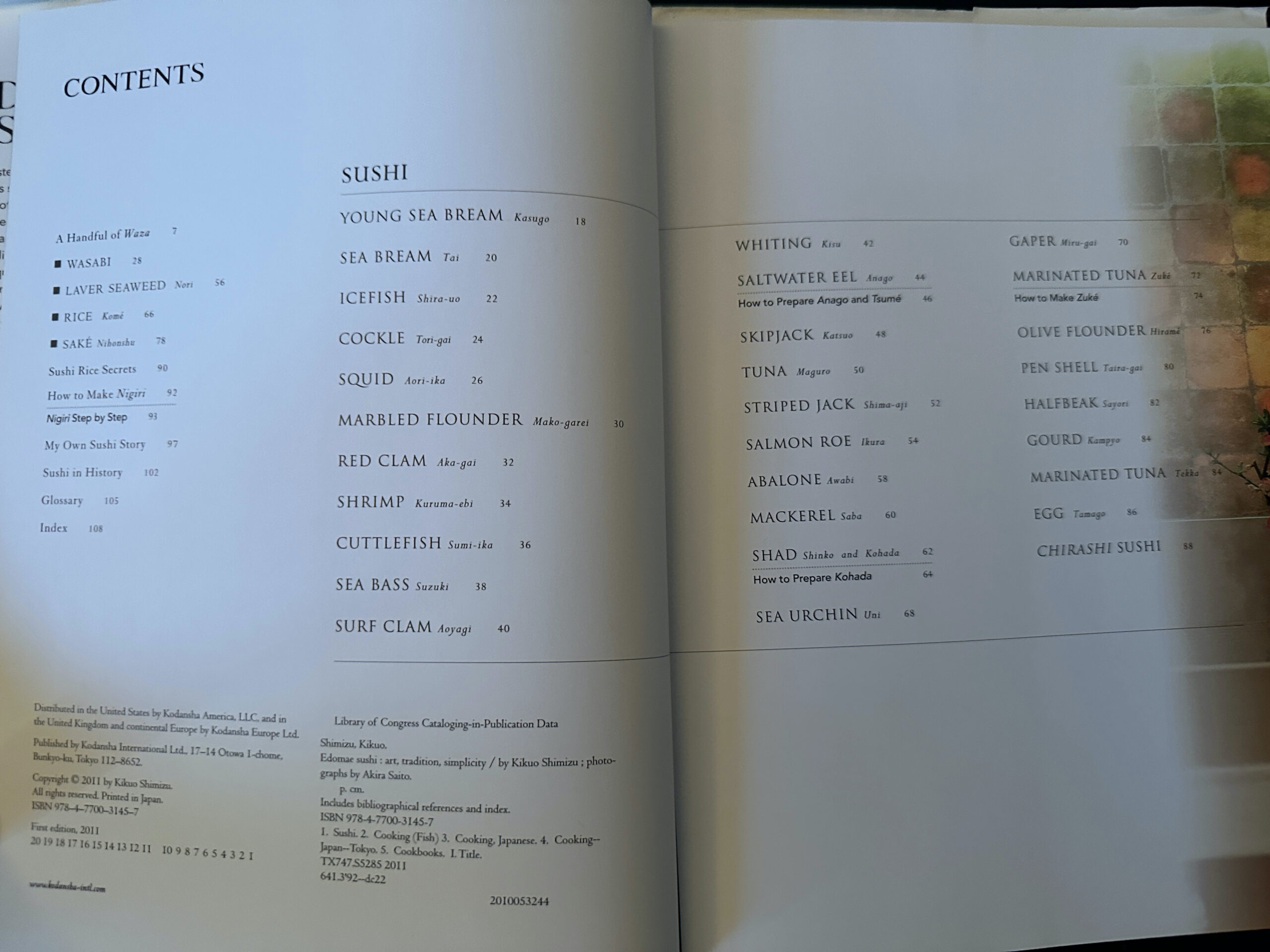
I was very keen to see this brewery
See, Nihonshu has a unique place in the North American alcohol space (that’s what cool kids/assholes substitute for industry these days). The best brands – literally every single one – brew mainly in Japan. Wine, vodka, gin, rum, and more brew across geographies. In fact, the closest comp is Champagne – a drink literally only allowed to be in France.
Now, there are a number of breweries that opened in the United States, but the vast majority are craft-sized (less hot wheels more micro machines). For instance, Brooklyn Kura, popular in our neck of the woods, produces 2,500 cases a year. Dassai’s Hyde Park location has a capacity of 140,000.
The breweries that are bigger – such as Takara Sake’s – are on the west coast, and other competitors of Dassai’s, such as Hakatsuru and Hakkaisan, seemingly have no US brewing presence at all.
So the fact that Dassai has opened this brewery – a minimalist, beautifully designed brewery you’ll want to get married at – on the east coast is a big deal.
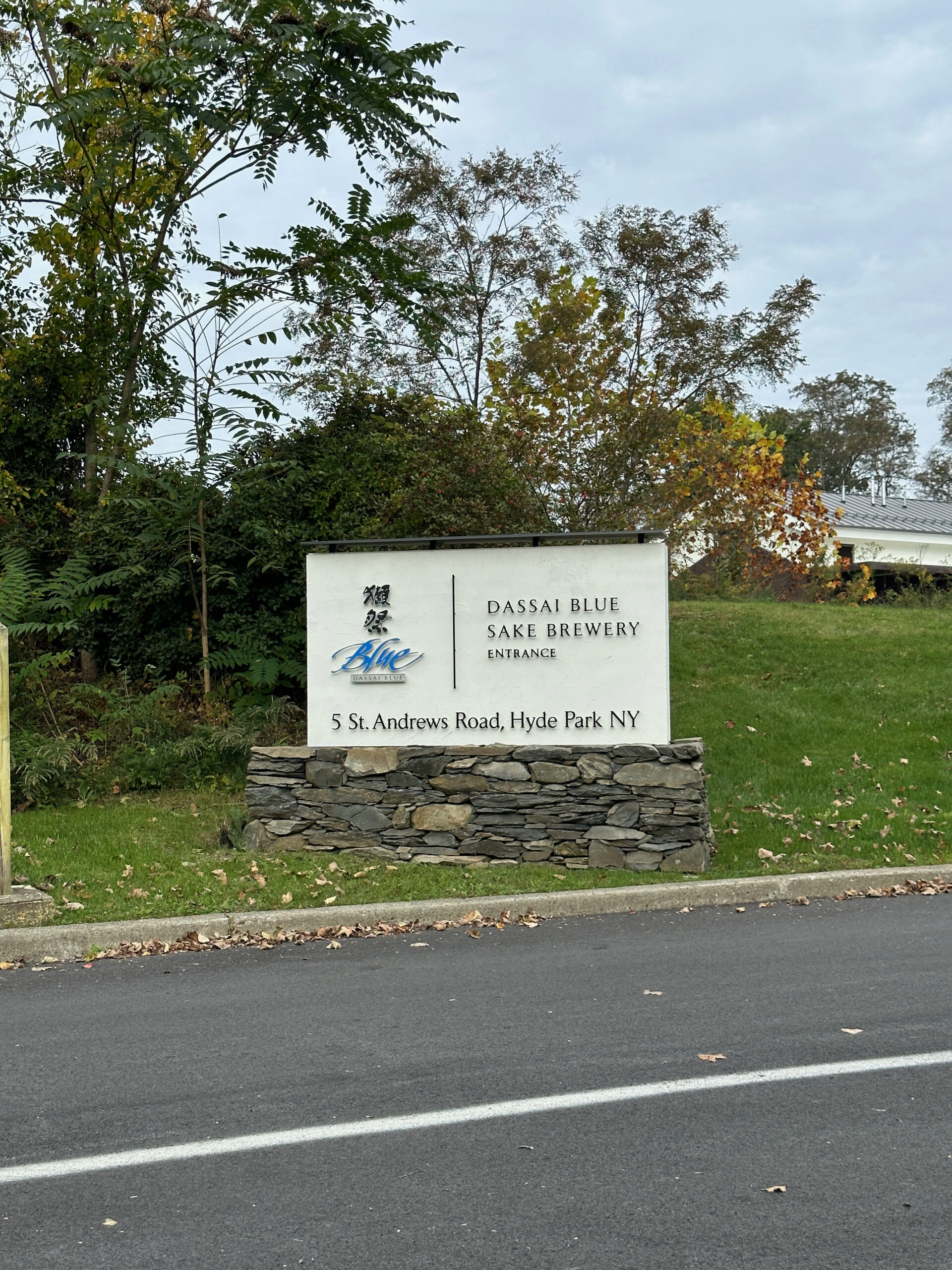
Speaking to Kazuhiro-san, the location was selected for a few reasons
Start with water. You don’t have to be making alcohol in your bathtub to know that H2O is important to the process. The Hudson Valley has some of the best. Funnily enough, apparently the water has a heavier mineral content than in Yamaguchi prefecture in Southern Japan, where Dassai proper is brewed.
But also consider proximity. Proximity to the northeast transportation corridors, proximity to major airports and proximity to the Culinary Institute of America (CIA). The CIA is likely the nation’s best culinary school; alumni from it’s 50,000 graduates include Grant Achatz, Anthony Bourdain, David Burke, Cat Cora, Todd English, Michael Mina and Charlie Palmer (thanks Wikipedia).
Also, shout-out to the other close -by cauldron of higher education, Marist College, home of the nicest river views in the state.
Not to turn this into a tourist-pitch (too late), but I spend a lot of time in the Hudson Valley (also known as The Hamptons without the assholes, cost and traffic). It’s a fast growing region that appeals to people who enjoy something different. By that measure alone, it’s a great choice for Dassai.
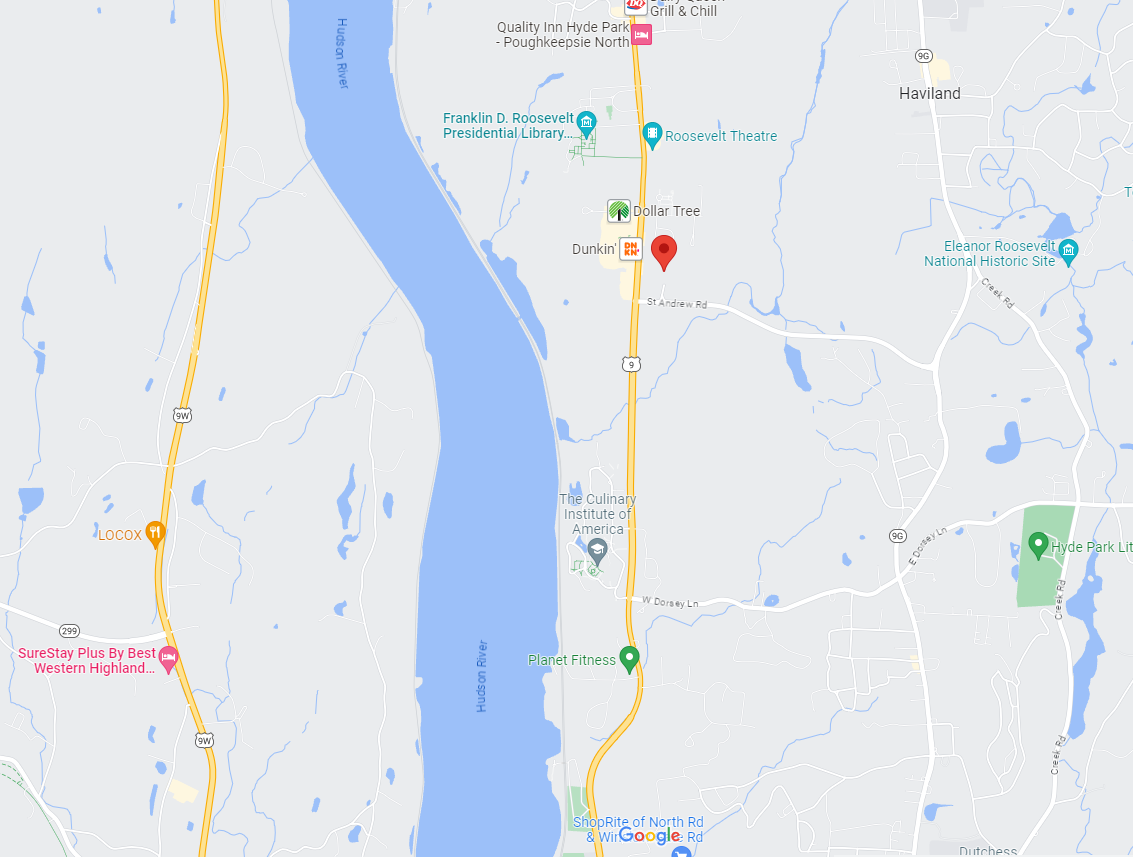
The $80m facility is actually two buildings totaling 55,000 square feet
Yes, you read that number right. $80,000,000. Well, actually $79,500,000 because the State of New York graciously kicked in $500,000 or so in tax credits.
(By the way, what on earth is going on with New York’s Development Credit program. They gave $975k to Sloop Brewing around the corner to renovate their facility and add 12 jobs. Dassai builds a whole new complex, hires 30 and only gets $500k. Hmmm).
Anyways, there’s two buildings. The first one, the smaller of the bunch, is for rice polishing only. It’s pictured below via a beautiful view from the parking lot. The second holds the main brewery, tasting room, store and massive hallways for your hypothetical wedding guests.
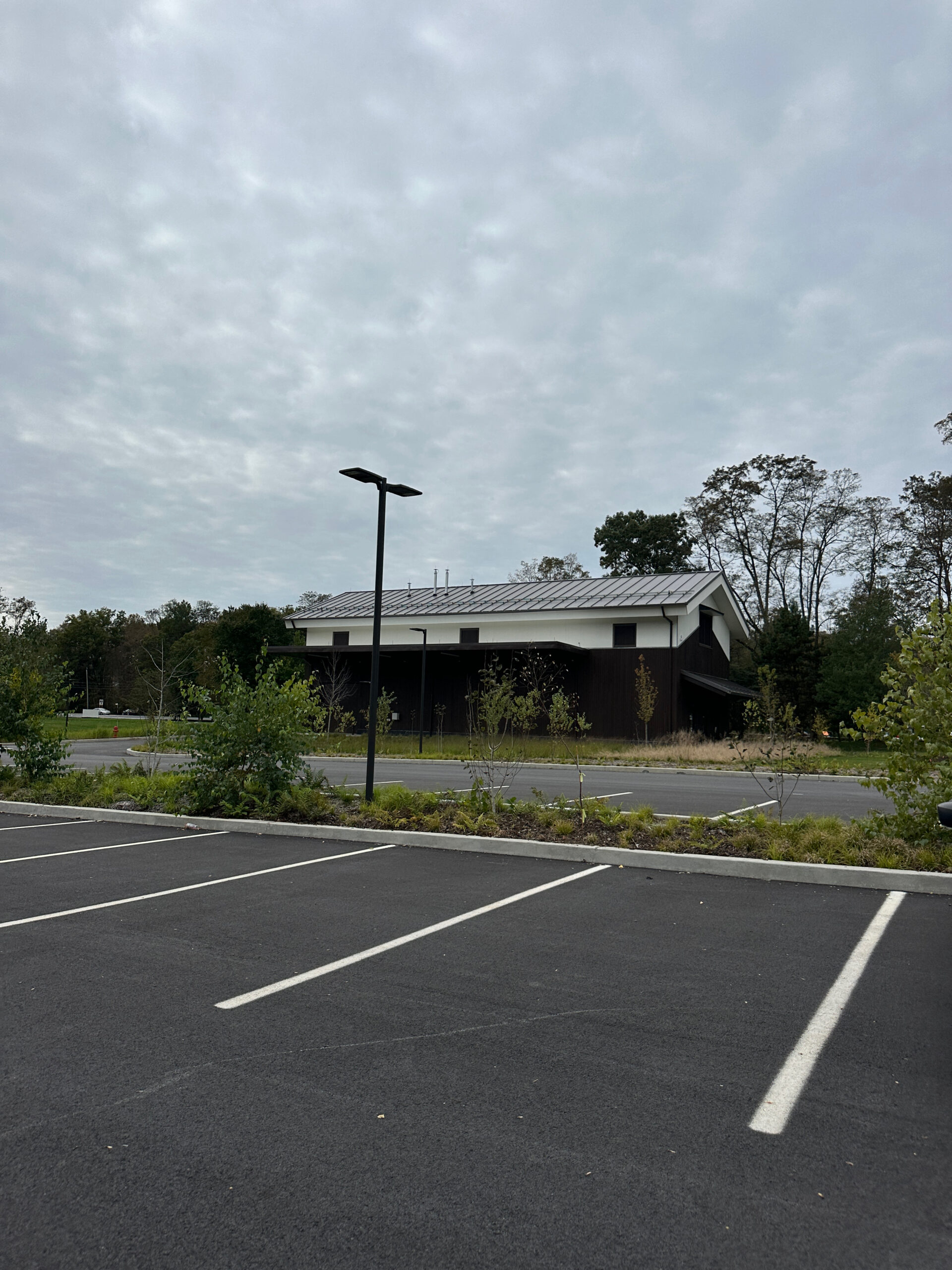
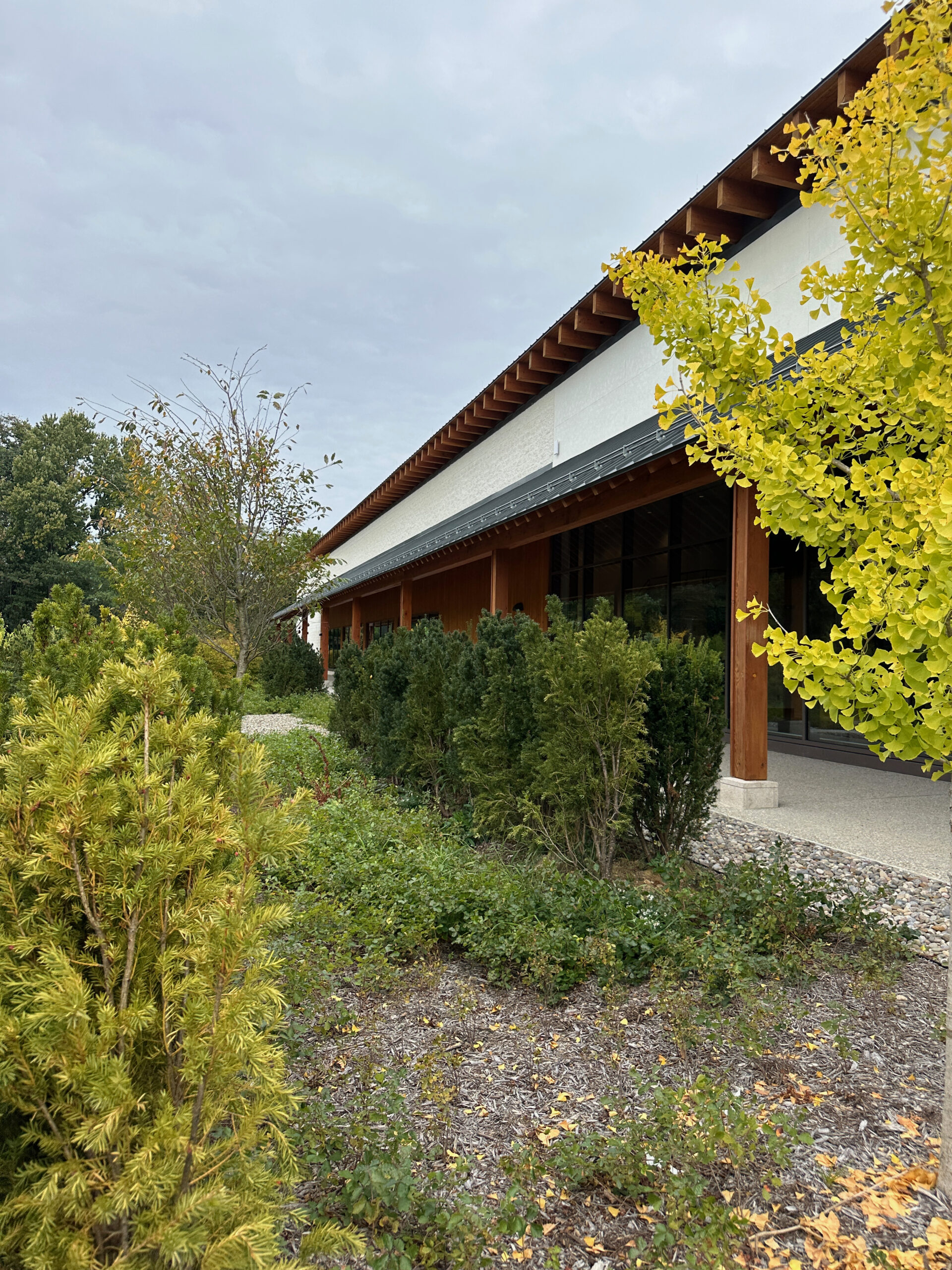
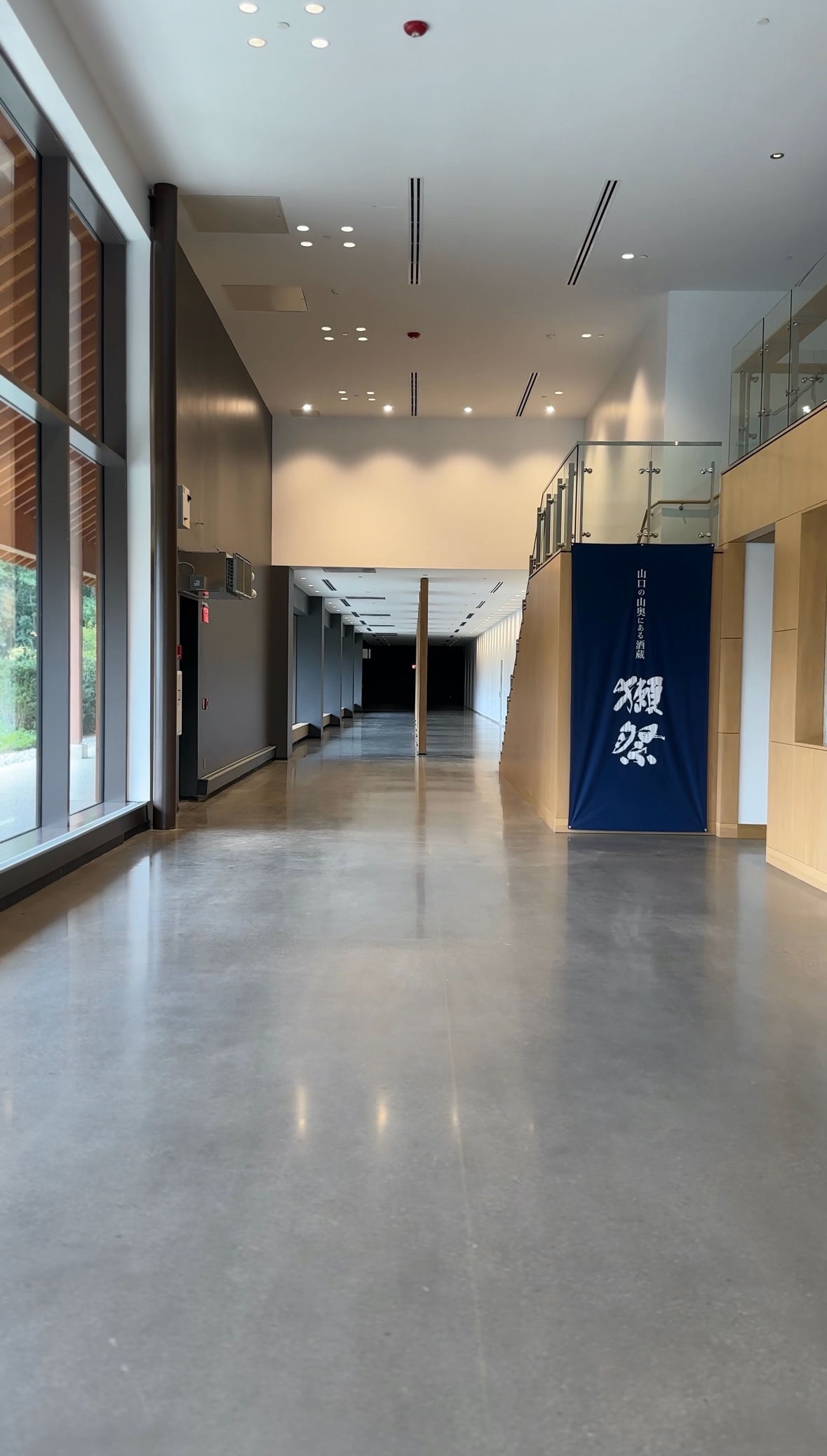
Quick word on what rice polishing means because this confuses everyone
One of the tenets of Nihonshu production is rice polishing. You may have heard of something called the “Rice Polishing Ratio”. Or maybe not.
Either way, it refers to the amount of rice that remains after the outer layer – containing fat and protein – is milled.
To my dumb brain, a rice polishing ratio of 23% always meant that the producers removed 23%, leaving 77% (incredible math, I know).
But that’s backwards.
A rice polishing ratio of 23 actually means the producer removed 77%, leaving 23%. That means that, by and large, a lower rice polishing ratio means better tasting nihonshu (though like anything, there are no absolutes). That’s because the the fats and proteins milled away can negatively impact the taste.
Heard the term Junmai Ginjo? That’s for Nihonshu at an RPR of 51-60. Junmai Daiginjo? RPR of 50 or below. Dassai 23 and Dassai 35 are therefore Junmai Daiginjo.
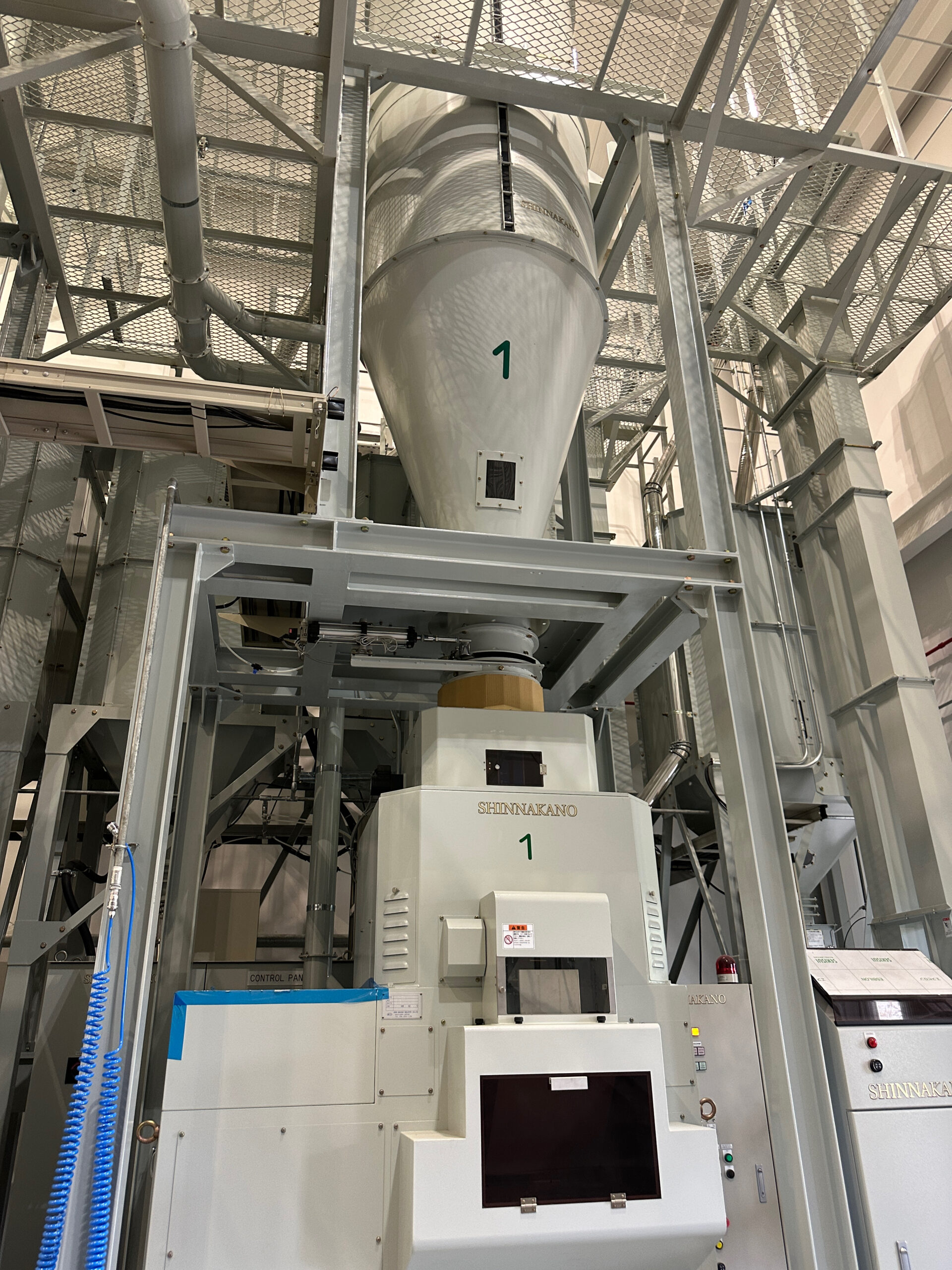
If learning about alcohol and then drinking alcohol is your thing, the facilities are open for tours
Dassai has set up a walking tour that ends with a stop at their tasting room. The whole thing is like walking through an art museum, but instead of staring at a 400 year old Vermeer that you’ll pretend to appreciate (couldn’t be me), there are looking glass windows into the production areas.
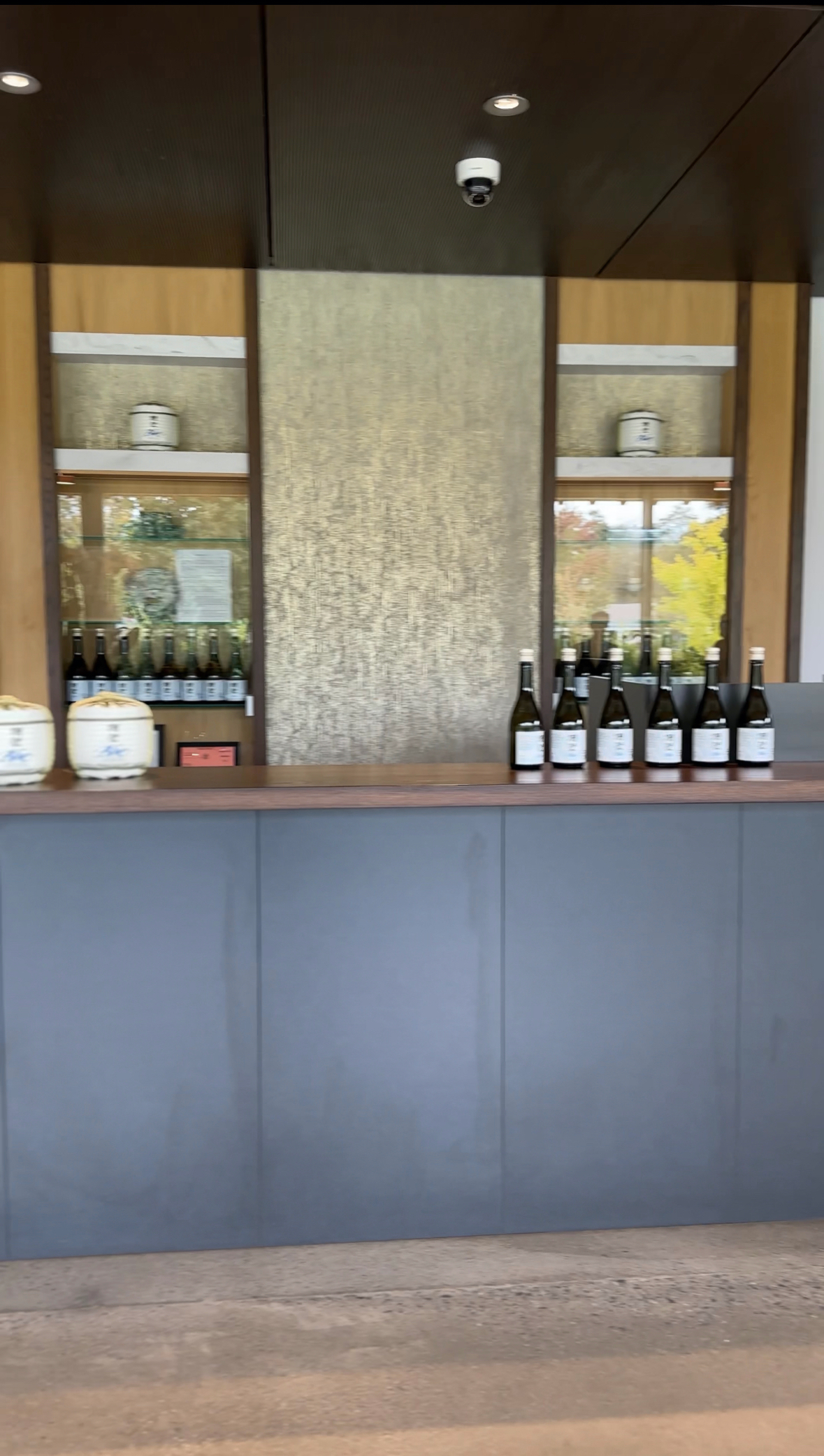

You won’t get a chance to visit some of the specific production rooms, and that’s for good reason.
If you’ve been to any manufacturing facility, hopefully you’ve seen a commitment to basic cleanliness. Nihonshu production takes that commitment to the next level. For instance, the Koji room (“Koji Muro”).
Koji is a fungus essential for Nihonshu production. Its spores are sprinkled on steamed rice, and if you’ve seen “The Last of Us”, you’re probably really triggered right now.
Well, Koji is also very susceptible to outside bacteria and so the room’s environment is immaculately monitored. Temperature controlled, humidity controlled, clothes controlled, swapping out shoes required, the works.
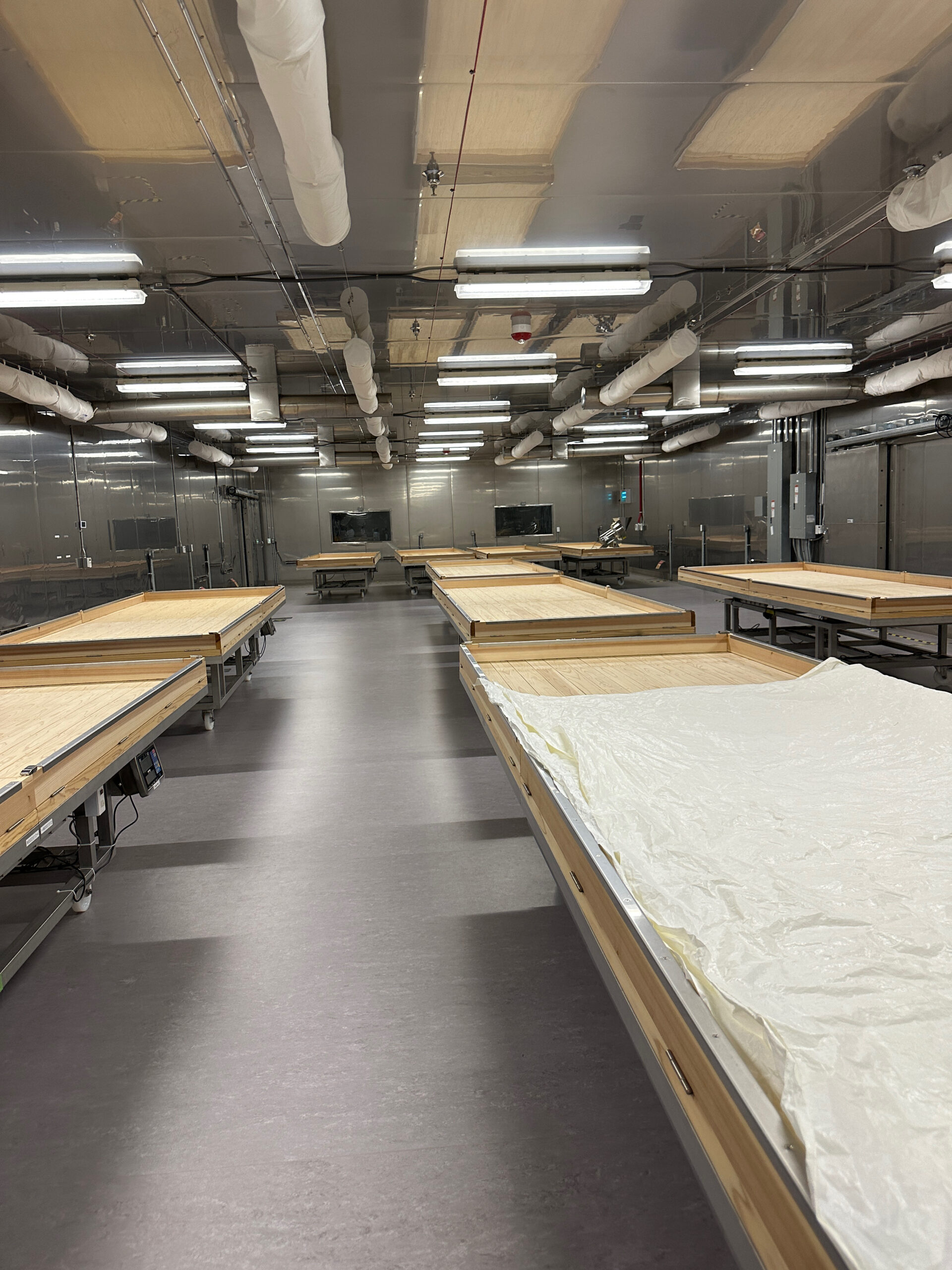
A must-do if you’re ever inside a Nihonshu Brewery
And by the way, this isn’t a suggestion. It’s a commandment, Charlton Heston style.
The entire Nihonshu brewing experience is fascinating, but it’s the Moromi (Sake Mash)/Fermentation process that’s essential for Nihonshu addicts. That’s because of what hits the second you walk into the room filled with massive brewing tanks.
The smell.
You see, the final step in the process before bottling is this 5 Celsius (that’s 41 Fahrenheit for the Americans) industrial room where the Sake Mash (a combination of the Koji, water, yeast) ferments in 1 of a billion brew tanks. Process takes up to 50 days and for the alcohol engineering nerds, this is when the yeast converts the sugars into alcohol.
The Dassai team opened up some of these tanks for me and the bubbles, smells and vibes were hypnotic. No joke, I almost jumped inside like that girl who jumped in the Chocolate River (can’t remember if this was real or Willy Wonka).
Check out the video of walking into the room below. More vids to come on TikTok soon (check me and all the other cool kids out here).
Dassai made an interesting decision on branding their US-bottled sake
Dassai plans to produce three types of Nihonshu at this location, but they’ll be branded under the name Dassai Blue, so named in homage to a Japanese proverb on the extraction of blue dye from an indigo plant.
I found this curious. After all, Coca Cola bottled in Canada isn’t called Coca Cola Red (either the best or worst analogy of all time, I’m still figuring it out).
But, according to Kazuhiro-san, the reason is part-practical, part-marketing. The traditional Dassai offerings are Dassai 23, Dassai 35 and Dassai 43. The numbers refer to the Rice Polishing Ratio (remember that?).
Dassai Blue will be sold as 23, 35 and 50, and Kazuhiro-san expects the taste to be different from its Japanese cousins because of a variety of factors, including the water. Different doesn’t mean worse; in fact, Dassai expects Blue to eventually be better. The name choice makes even more sense since the theme of the aforementioned proverb is surpassing an original.
Will they? Time will tell.
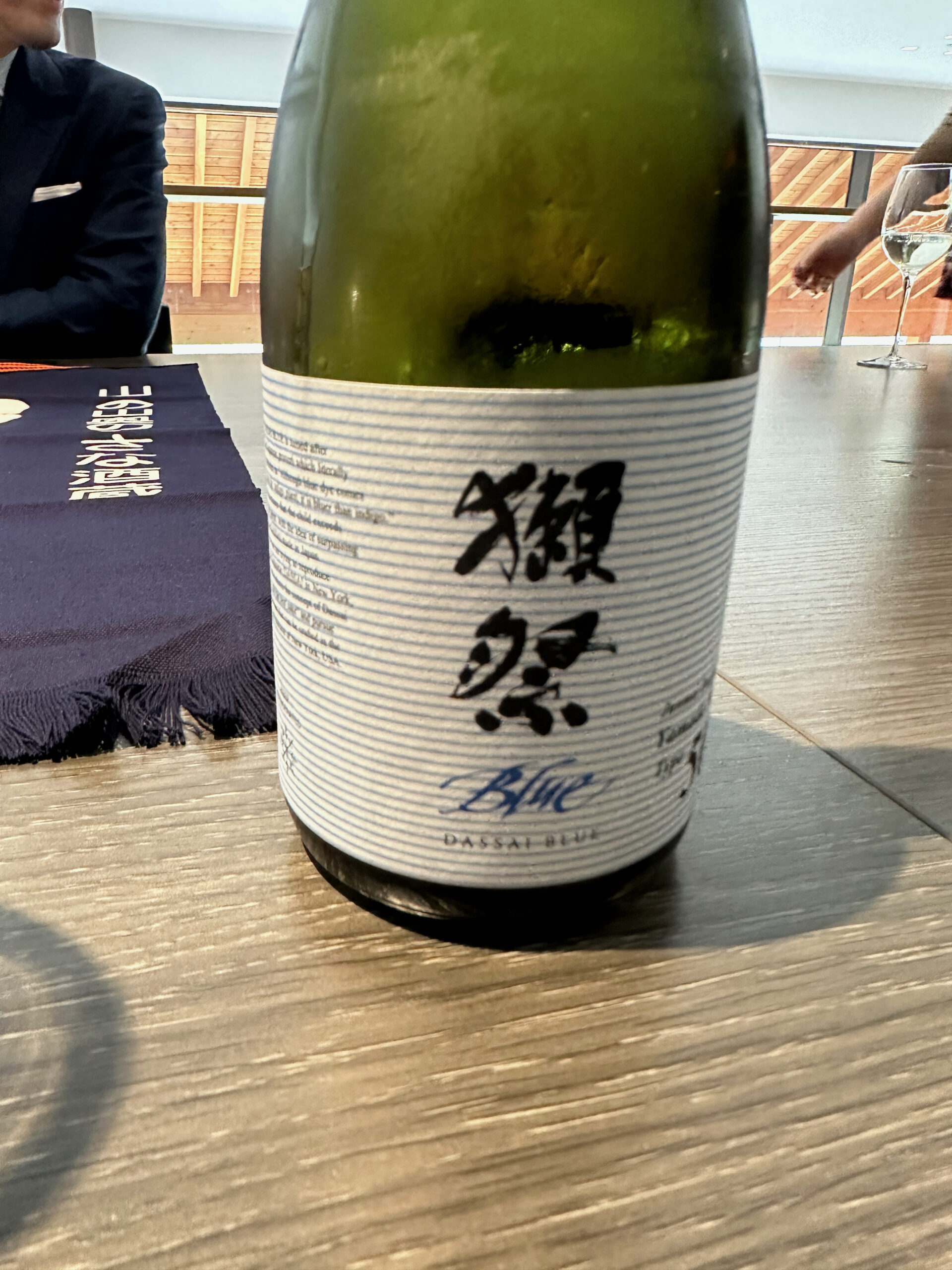
The supply chain is interesting
Dassai is working with Arkansas’ Isbell Farms to grow the proper strain of rice in the United States. It’s always a risk to manage crop-growing in a new environment, Kazuhiro-san is confident that the project will be successful because Chris Isbell (no relation to Jason) is very passionate about rice (important with Nihonshu just like sushi). The strain being grown in Arkansas is on the taller side, and can be susceptible to wind. For now, the renowned Yamada Nishiki Rice is used for Dassai Blue and shipped in from Japan.
The entire is also closely managed electronically; machines are everywhere and data is constantly monitored. Probably not a great sign that Dassai is using analytics more than a few baseball teams (looking at you, Pittsburgh), but alas.

I had to ask about the $8,000 bottles of Nihonshu
Alright, because I’m a nerd for rare shit – I literally bought a McDonald’s Pizza Duffel Bag on eBay last year – I had to ask/grill/bother Kazuhiro San about the limited edition stuff. As background, Dassai’s core offering goes all the way to the Dassai 23 ($79.99 at Union Square Wines for 720ml).
But did you know there is a Dassai Beyond? Rice Polishing Ratio undisclosed, supposedly only a few thousand bottles released every year, retails for $450 at USW.
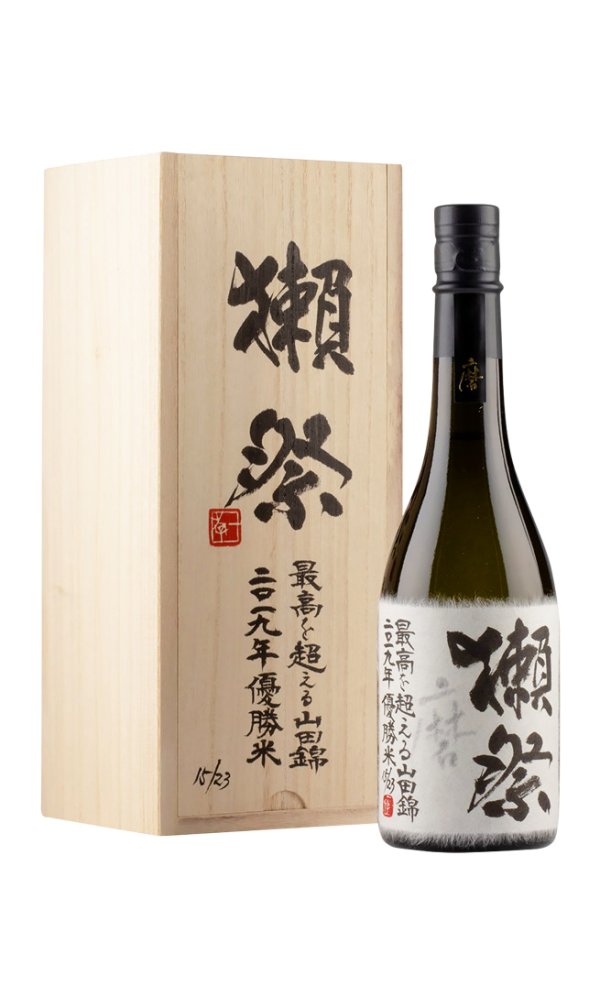
And did you really know there is – and I’m not making this up – a Dassai Beyond the Beyond? 23 bottles made, 6 auctioned for about $8,000 each.
Kazuhiro’s perspective on these limited drops is that it’s not about money. Or brand building. It’s about raising the profile of Sake internationally; if wine can go for exorbitant prices, why not Sake? Makes sense to me.
So are there any plans to release special editions through the US brewery?
Not now, says Kazuhiro-san, but that may change in 2024.
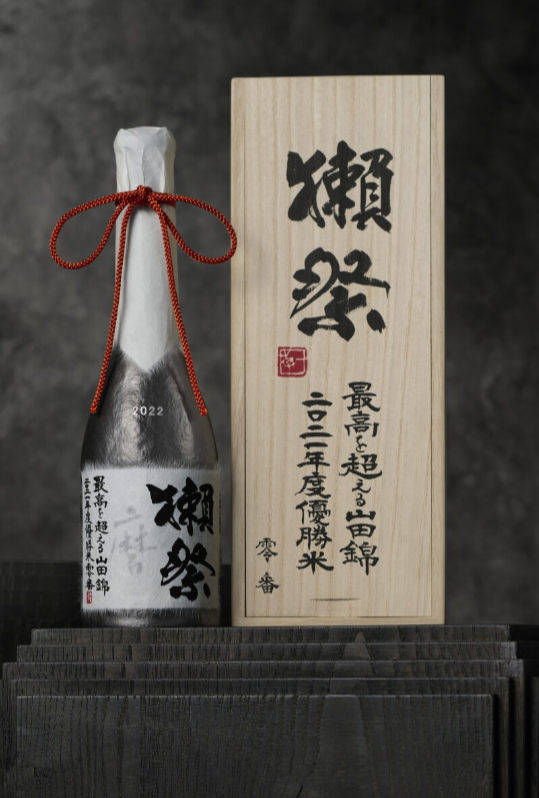
The entire endeavor is reminiscient of Edomae Sushi
Work with me here. One of the core tenets of Edomae Sushi is applying traditional techniques to local ingredients. That’s what Dassai is aiming for with the new brewery; local water, somewhat local rice, shit, even local people. Process overseen by sake legends with centuries of collective experience and generations of Nihonshu literally in their blood (and by literally I meant figuratively).
Kazuhiro agrees with that assessment, noting that this endeavor is a step outside the company’s comfort zone. To him, that’s a good thing, and who’s to doubt the returns so far. Dassai Blue is available at various wine stores in the Northeast, with more to come, and the brewery itself will assuredly be an attraction to Hudson Valley visitors.
If they’re successful, I imagine competitors won’t be far behind.
Recommended.
The Dassai Sake Brewery is located in Hyde Park, NY and open for tasting reservations. It’s a fun activity but if you drink and drive I will ban you from my website (I don’t actually know how to do that. I can set up wifi and that’s it. But please don’t drink and drive).
